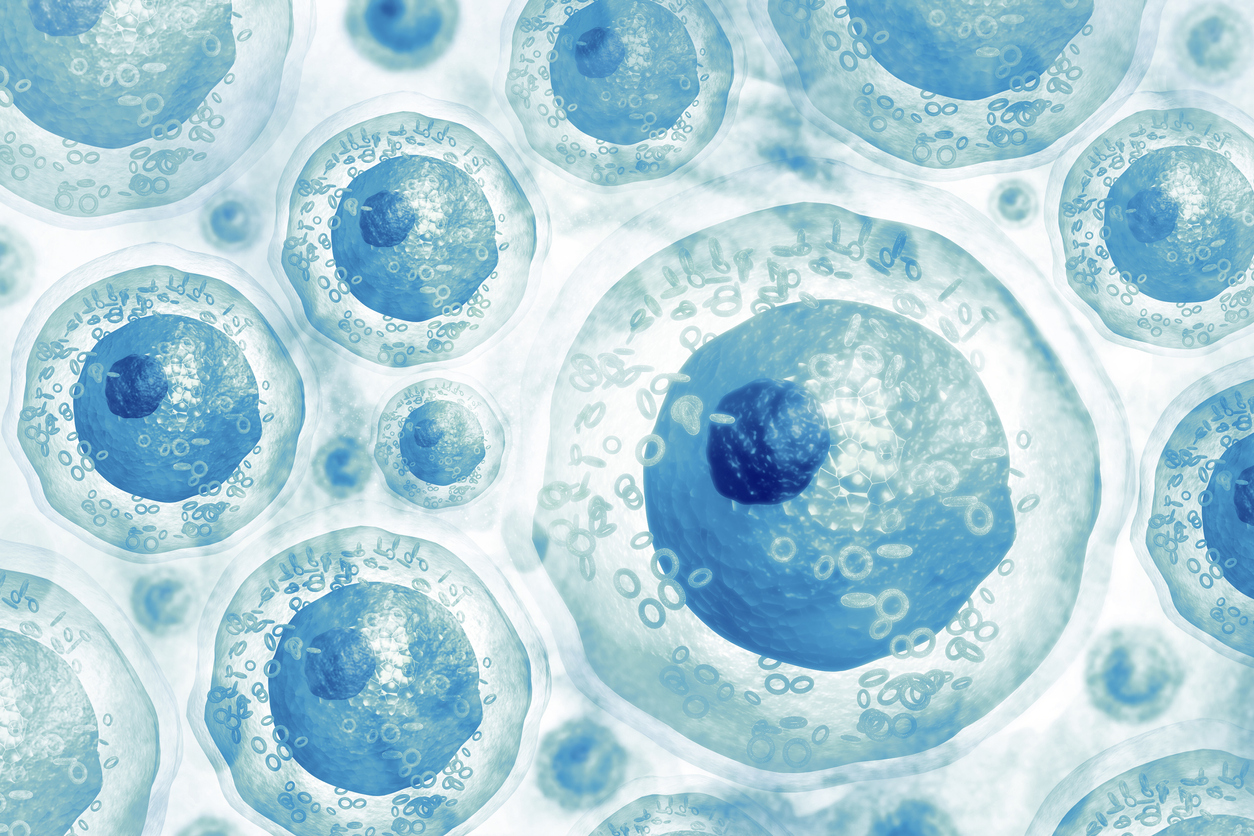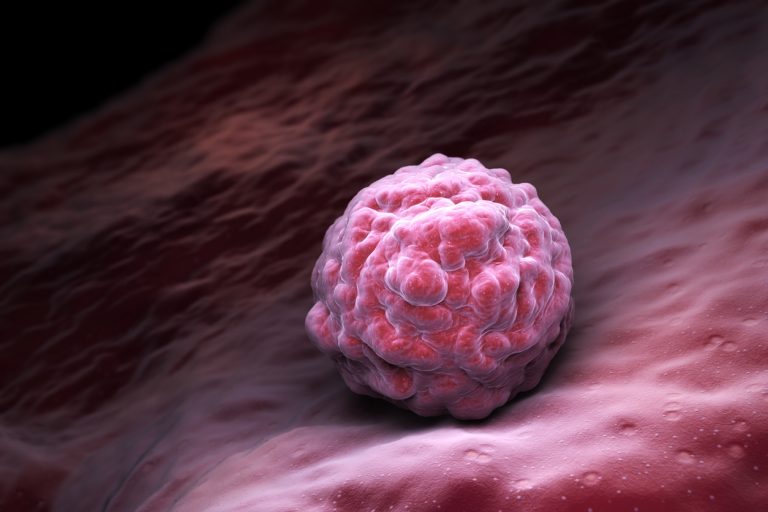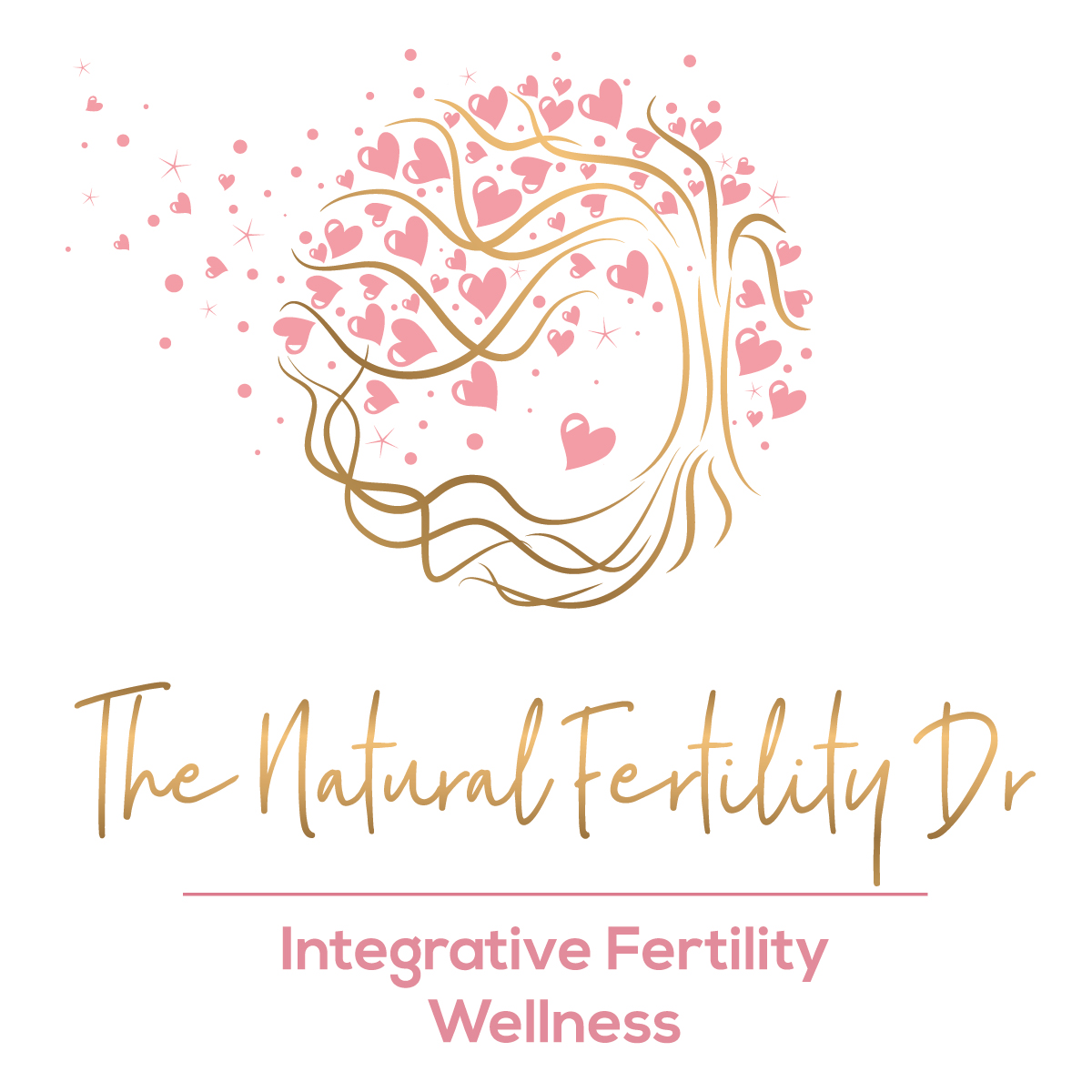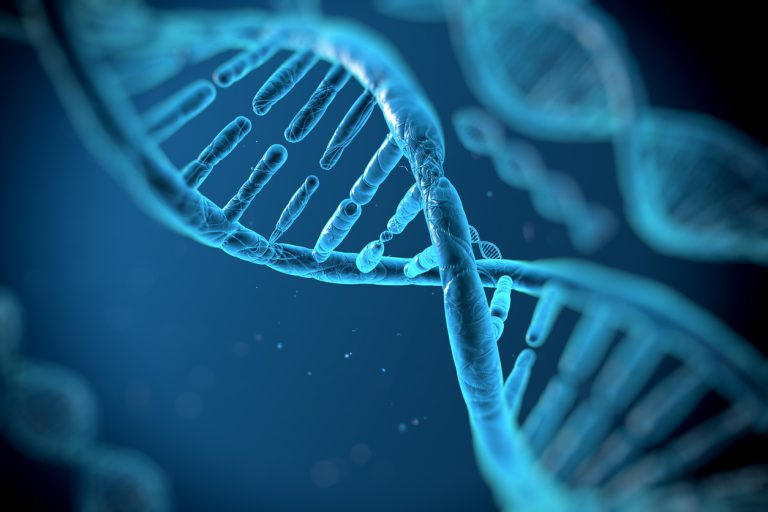
HEALTHY EGGS = HEALTHY BABIES
- Heather
- March 2, 2020
- Comments Off on HEALTHY EGGS = HEALTHY BABIES
Healthy Eggs=
Healthy Babies
Creating healthy eggs for generations of babies to come.

By Dr Heather Reagan D.A.O.M
We are born with about 300,000 eggs, and by the time we are 35, we have less than 10% of those eggs left. By the time we reach 40 we only have about a 5% chance of conceiving spontaneously with a chromosomally normal embryo. Our egg quality dramatically diminishes as we age and unfortunately many things arise because of that. These are the main things we see, increased chromosomal abnormalities, increased miscarriages, increased chance of down syndrome, autism, developmental delays, lower chances of conceiving and lower chances of making a genetically normal embryo. The quality of our eggs (oocytes) is dependent on our age, nutritional factors, environmental exposures, stress, and genetic variables. The main factors that play a role in an aging oocyte are, mitochondrial defects, dysfunctional granulosa cells, oxidative and carbonyl stress, declining ovarian androgens, oocyte telomere shortening, and epigenetics.
We MUST have healthy eggs to make healthy babies! Increasing our egg quality can affect generations ahead of us. A woman carrying a female fetus is generating her daughter’s eggs within her womb, which in turn will create her grandchildren. The human body’s power of creation for generations to come begins from a single cell.
Let’s first talk mitochondria and all of the mighty power they have within our oocytes (our eggs). Mitochondria produce the energy within our cells. The oocyte is one of the largest cells in the human body with the highest numbers of mitochondria. In a resting state, a single oocyte has about 200,000 copies. During folliculogenesis where the egg is growing and maturing in the follicular phase on its way to ovulation, the mitochondrial copies continue to double up to 30,000-50,000 copies in a single cell, making them the powerhouse of cellular energy. There are more mitochondria in our oocytes than high energy cells like neurons and muscle cells. Older eggs=older cells=older/less mitochondria=less ATP production=less energy the cells have to replicate, which is what an embryo is, a replication of cells. As we age, we have fewer mitochondria within our oocyte cells. We see a dramatic change in the way our mitochondria look, function and produce energy within our cells. There is a higher chance of gene mutations with weaker damaged mitochondria. Aneuploidy rates increases, impaired oxidative phosphorylation, decreased ATP production, damage to cell proteins, lipids, and DNA and increased susceptibility to apoptosis can occur.
There is a direct correlation between the number and quality of mitochondria within the oocyte and its likelihood of fertilization and preimplantation development.
“The Mitochondrial system is the connection between the enviroment and the epigenome. It plays a major role on our genes being expressed or silenced.”

Embryo development from fertilization to a blastocyst is directly relying on the original mitochondria from the oocyte to replicate. As the cells replicate there are fewer and fewer mitochondria within the cells. In order for a healthy blastocyst to form then you must have healthy mitochondria within the oocyte. Implantation requires ATP production from the mitochondria. Implantation failure can be caused by poor mitochondria in the uterine lining. If you are having implantation failure with a euploid embryo during an IVF transfer then this is something to consider. Many things can cause implantation failure with a euploid embryo but this is one possibility.
Declining ovarian androgens can harm egg quality. As we age, we produce fewer androgens and testosterone. Testosterone has many positive effects on ovarian tissue including increasing FSH receptor activity, which makes the ovaries respond better to FSH and increase follicular development. Testosterone also increases the number of primordial follicles and improves the health of granulosa cells. Patients with PCOS generally have higher androgen levels and have less ovarian quality decline as they age. If you have ever been through an IVF cycle and heard the term “poor responder” it could be due to low androgen levels affecting egg quality and FSH receptors.
Our mighty granulosa cells are the cells that make estradiol in the first part of the cycle and then turn into the corpus luteum and make progesterone in the second part of the cycle. They are very important! Dysfunctional granulosa cells caused by oxidative stress go hand in hand with mitochondrial dysfunction. With aging granulosa cells, we have decreased glutathione, which is the most powerful antioxidant in our cells. We also have decreased ability to fight free radicals which intern damage ovarian lipids, proteins and DNA.
Lastly Epigenetic’s, our environment and lifestyle affect the gene expression within our eggs. Everything we eat, drink, think, inhale, put on our bodies and surround our selves in affect everything within our egg cells. Next time you eat a piece of cake, drink a diet soda, put perfume on, spray air freshener, or think negative thoughts, imagine the itty bitty genome within your egg cells being damaged. There is a 90-day life cycle of an oocyte, whatever happens in those 90 days will affect the winning egg at ovulation. It is never too early to begin building healthy eggs. Remember healthy eggs make healthy babies that make more healthy babies. Our DNA runs through us for generations to come.


